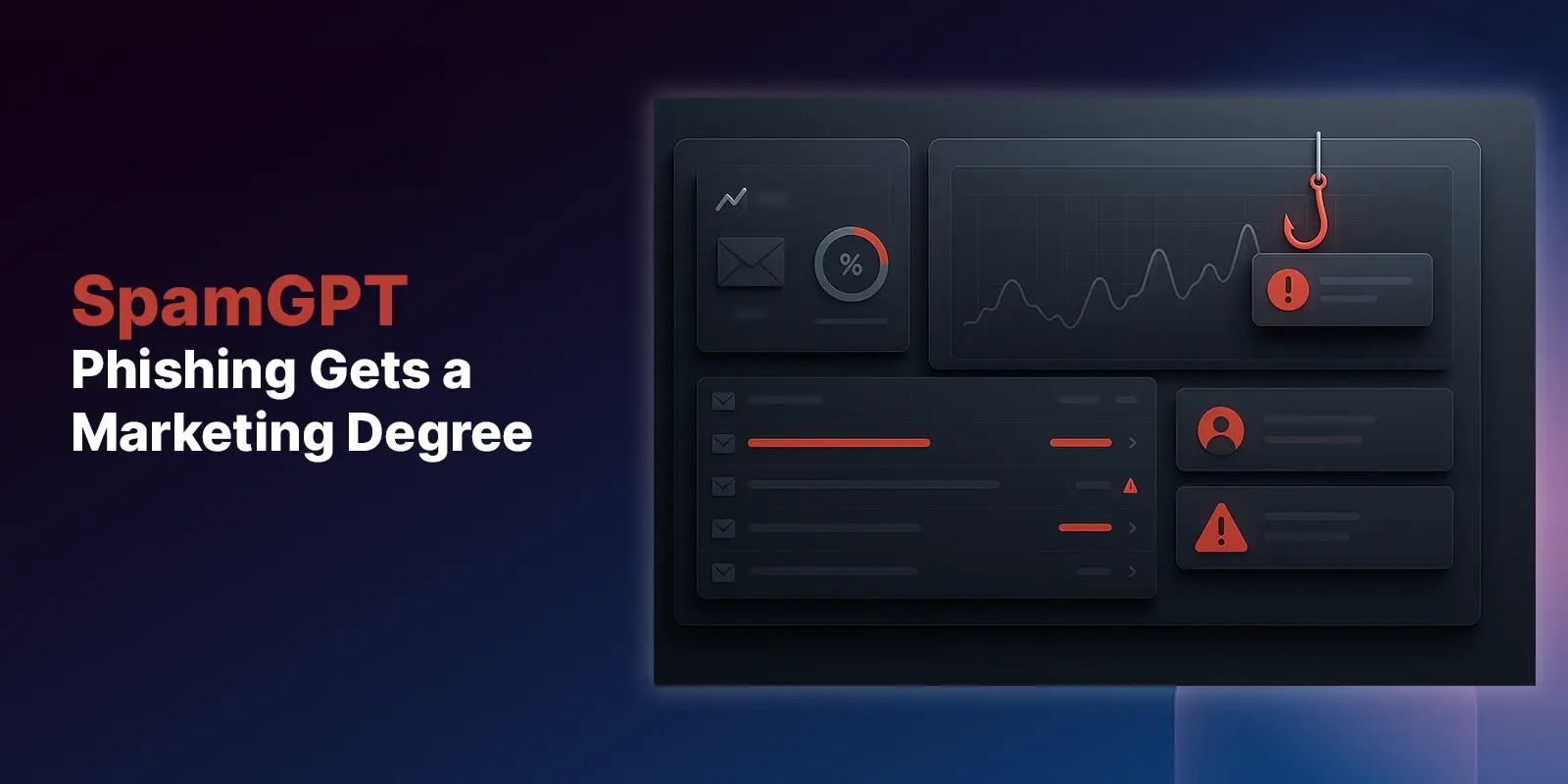Table of Contents
Phishing attacks are becoming increasingly sophisticated, posing a significant threat to organizations. These malicious attempts to steal sensitive information can result in severe financial and reputational damage. As phishing tactics evolve, staying vigilant and employing effective countermeasures is crucial. But what tools are essential to help prevent phishing advanced phishing attacks?
3 Tools To Help Prevent Phishing Attacks
Adaptive AI-based Detection
By now, much of the market is coming around to the idea that IRONSCALES pioneered—using AI to detect phishing risks.
However, generic AI isn't enough.
As phishing tactics evolve, your AI-based email security solution must quickly adapt to catch emerging threats. Adaptive AI-based detection is a cutting-edge approach in cybersecurity that leverages artificial intelligence to identify and thwart phishing attempts. Unlike traditional methods, adaptive AI systems continuously learn from new data, allowing them to recognize and respond to emerging phishing tactics.
The primary advantage of AI-based detection is its ability to provide real-time threat analysis. By examining patterns and anomalies, these systems can swiftly identify phishing attempts, reducing the window of opportunity for attackers. An example of a leading AI-based detection tool is IRONSCALES' advanced phishing protection platform, which utilizes machine learning algorithms to detect and mitigate threats efficiently.
Security Awareness Training
Technology could be better. Cybercriminals know that no email security solution can provide 100% protection. Unfortunately, it only takes one email to get through, which creates chaos in your organization.
Educating employees about phishing threats is fundamental to a robust cybersecurity strategy. Security awareness training programs aim to equip staff with the knowledge and skills to recognize and avoid phishing attempts. By training your staff to identify and report suspicious emails, you're able to reduce the risk of a break.
Phishing Simulation Testing
While educating employees on phishing threats is essential, it doesn't always equate to successful implementation. Phishing simulation testing is an approach to identifying and addressing vulnerable employees within an organization. By simulating phishing attacks, companies can evaluate their employees' readiness and the effectiveness of their security measures.
Simulation tests help pinpoint weaknesses in your employee awareness. For instance, a successful phishing simulation program might reveal that specific departments or individuals are more susceptible to phishing attempts, allowing you to target your training efforts effectively.
To conduct a phishing simulation test, follow these 5 steps:
- Identify your targets
- Design your Phishing Simulation
- Send your simulated phishing attacks
- Analyze the results
- Provide training and education
Explore More Articles
Say goodbye to Phishing, BEC, and QR code attacks. Our Adaptive AI automatically learns and evolves to keep your employees safe from email attacks.

/Concentrix%20Case%20Study.webp?width=568&height=326&name=Concentrix%20Case%20Study.webp)












.webp?width=100&height=100&name=PXL_20220517_081122781%20(1).webp)



